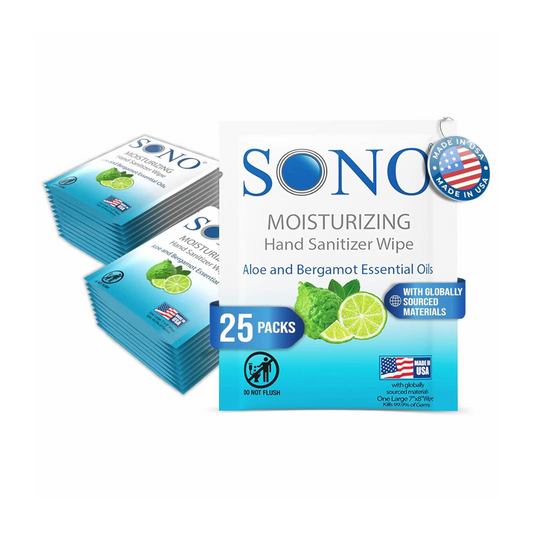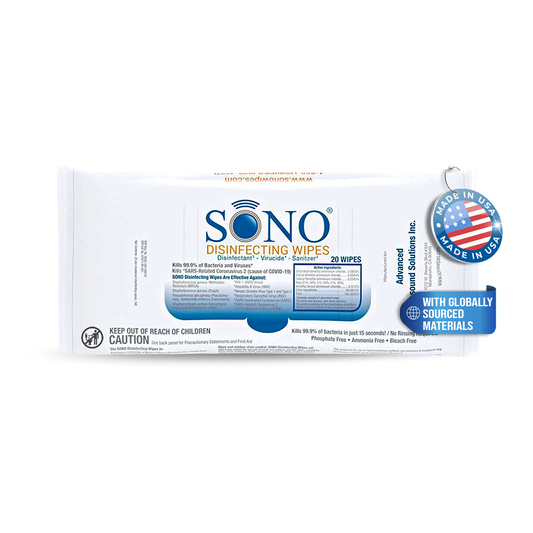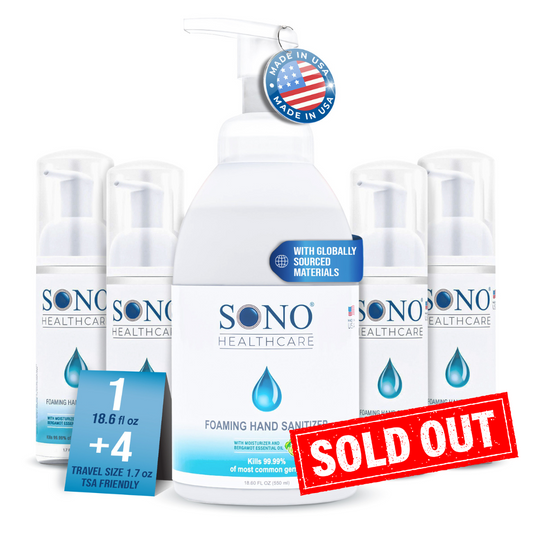After a great weekend in the wild, your gear is likely covered in more than just trail dust—think sweat, bacteria, food residue, and whatever your backpack touched at that gas station rest stop. But what if you’re back at camp or traveling and don’t have access to a hose or laundry room?
This guide is for you. Here’s how to clean and disinfect your gear on the go—without damaging fabrics or compromising function.
What Needs Cleaning First?
Most campers assume the tent is the dirtiest item. It’s not.
The gear that actually needs attention first:
-
Backpacks and daypacks – These collect sweat from your back and bacteria from wherever you set them down (dirt, rocks, bathrooms).
-
Water bottles and hydration sleeves – Especially the bite valves and caps, which can harbor bacteria.
-
Camp kitchen gear – Tongs, spatulas, folding tables, and food storage containers.
-
Sleeping pads and inflatable pillows – Often skipped, but a hotspot for face oils and sweat.
Pro Tip: Focus on the items closest to your skin, food, and mouth first.
Can You Use Disinfecting Wipes on Camping Gear?
Yes—but not all wipes are created equal.
Most conventional disinfecting wipes contain alcohol, bleach, or ammonia, which can:
-
Dry out or crack synthetic fabrics
-
Break down waterproof coatings
-
Leave behind strong chemical residues
SONO Disinfecting Wipes are alcohol-free, fragrance-free, and bleach-free, making them safe for use on:
-
Nylon and polyester gear
-
Silicone or BPA-free plastics
-
Non-porous outdoor gear surfaces
-
Even inside cooler lids and camp tables
📚 Learn more about which ingredients to avoid in surface wipes
Step-by-Step: How to Clean Gear Post-Trip (No Hose Required)
1. Shake Off Dirt First
Before wiping, give your gear a shake or a quick brush-off to remove loose dirt and debris.
2. Spot-Wipe High-Touch Areas
Focus on handles, zippers, straps, and buckles first—these are the most contaminated parts.
3. Disinfect Flat Surfaces
Wipe down things like table tops, coolers, gear boxes, and hard cases. For extra coverage, let surfaces remain wet for a few minutes before drying.
4. Avoid Oversaturating Fabrics
Use gentle, alcohol-free wipes and avoid scrubbing too hard. Over-saturation can break down protective coatings.
5. Air Dry Before Storing
Always let gear dry completely before packing it away to prevent mold or mildew.
Other Commonly Missed Items:
-
Sunglasses and cases
-
Flashlights and lanterns
-
Walking sticks and trekking poles
-
Camp chair arms and cupholders
-
Phone cases and GPS devices
Why Portable Wipes > Spray Bottles
When space is tight and water is limited, wipes are easier, lighter, and safer than traveling with bulky cleaning products.
Look for:
-
Flat-pack travel formats that fit easily in daypacks or glove compartments
-
Resealable packaging that won’t dry out in hot tents or cars
-
EPA-registered disinfectants with broad-spectrum kill claims
Final Thoughts: Clean Gear = Longer-Lasting Gear
Keeping your camping equipment clean doesn’t just help with hygiene—it also protects your investment. Bacteria and sweat can break down materials over time, shortening the life of expensive backpacks, mats, and tools.
With the right wipes in your kit, you can keep your gear ready for the next adventure without needing a full setup to do it.





